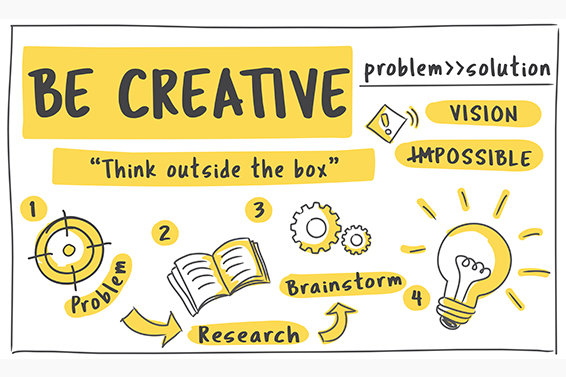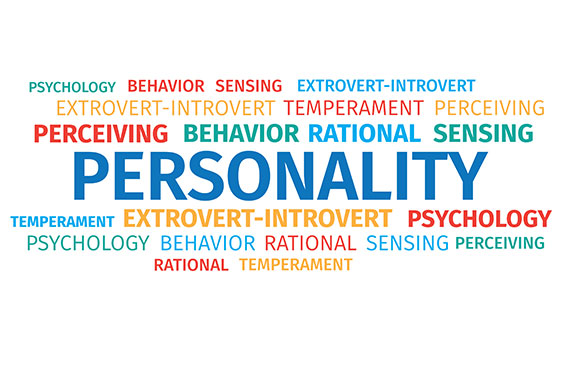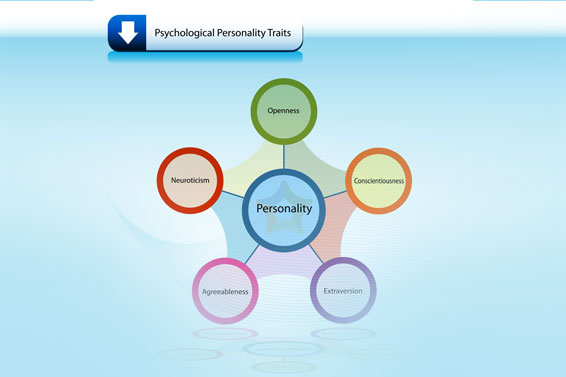WORKPLACE ASSESSMENTS
Why Is Understanding Personality at Work Important?
How people behave, react, and engage with others impacts the bottom line. Learning about personality can improve how individuals communicate, motivate, and persuade others.

WorkPlace Big Five Overview
The WorkPlace Big Five Profile TM uses the most widely accepted personality traits around the world.
The WorkPlace Big Five Profile TM is a personality assessment based on the Five-Factor Model of Personality, the current standard for psychologists. It can easily be completed online in 10-15 minutes. The WorkPlace is written in straightforward language specifically for business applications. The WorkPlace measures 5 traits and 23 subtraits that reveal how individuals:
- Approach tasks and responsibilities.
- Express oneself and interact with others.
- Take into consideration others’ opinions and feelings.
- Respond to adversity or pressure.
- Are open to various interests and ideas.
Learn more about your personality using the Workplace Big Five ProfileTM now!
What Are the Benefits of WorkPlace Assessments?
Join the thousands of organizations around the world who are increasing their bottom line by using the
WorkPlace Big Five Profile TM.
Clients have benefited from the WorkPlace Big Five Profile TM by:
- Developing effective leaders.
- Improving team communication and productivity.
- Selecting the best candidates.
- Understanding behavioral tendencies and how they affect employee alignment, engagement, and productivity.
- Achieving workplace goals and objectives effectively.
- Increasing individual performance.
- Minimizing turnover.
- Maximizing engagement.
How Can WorkPlace Assessments Be Used?
The WorkPlace Big Five ProfileTM is designed for a variety of uses with people in the workforce.
WorkPlace Big FiveTM results have application opportunities that include: Application opportunities for WorkPlace Big FiveTM results include:
- Talent Acquisition
- Onboarding
- Leadership Development and Succession Planning
- Team Optimization
Begin using WorkPlace assessments today.
Blogs
Read blogs about Assessments.
Center for Creative Leadership Adds WorkPlace Big Five Profile to Flagship Program
When the Center for Creative Leadership’s flagship Leadership Development Program (LDP)® rolled out in June in its revised format, it included a new broad-based personality assessment — the WorkPlace Big Five Profile 4.0™. This assessment, published by Paradigm Personality Labs (formerly CentACS – Center for Applied Cognitive Studies) of Charlotte, NC, relates to people’s personalities in…
A Tour of Your Tomorrow: A Video Review
In a world full of choices, making the right career decision can be difficult. The career decision-making video, A Tour of Your Tomorrow (1993), by Rich Feller and Joe Vasos, allows individuals of all ages to see and understand many of the career choices available to them. The two-part video series divides the working world into…
Sixteen Personality-Factor Questionnaire (16 P-F)
The 16 P-F is an objective personality test developed by Dr. Raymond Cattell. Using factor analysis, Cattell categorized 170 adjectives that described human behavior into sixteen dimensions or factors. These 16 source traits were then used to form his personality questionnaire. Factor Analysis – Cattell divided his data up into three categories for the factor analysis:…
NEO4 or NEO PR-I
The NEO inventories were developed by Dr. Paul Costa, Jr., and Dr. Robert McCrae to measure five broad dimensions of personality. Neuroticism (N) Extraversion (E) Openness (O) Agreeableness (A) Conscientiousness (C) Note: These broad categories were based on analysis of trait adjectives collected over the years and included in research by theorists such as Cattell and Norman….
Personal Profile System (DiSC)
The Personal Profile System® was first developed in 1972 based on William Moulton Marston’s two-axis, four-dimensional model that divides behavior into four distinct dimensions (abbreviated DiSC). Dominance Influence Steadiness Conscientiousness Note: Marston first published his book, Emotions of Normal People in the 1920s. Unlike his contemporaries, Marston focused on how normal people interacted in the world around…





